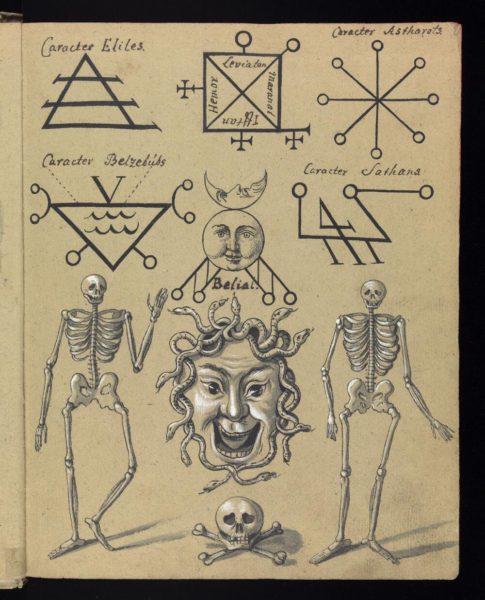The third and last part of this overview of the offices of the early-modern German court covers religion, culture and government.
For Part One go here, and for Part Two go here.
The court’s religious community could either consist of the narrower court itself, in which case religious ceremony took place in the Hofkapelle [court chapel] or Hofkirche [court church] or it might include the wider community that surrounded the court, in which case the Hofkirche also formed its own parish. The church was under the authority of the Hofprediger [court preacher], who was responsible for services as well as the moral condition of the court. Occasionally, court churches were also monastic or conventual churches.
Music was extremely important at court. It was under the authority of the Kapell– or Konzertmeister and both smaller and larger orchestras provided music at mealtimes, chamber music and music for religious services. Trumpeters in particular took part in virtually every court occasion. Apart from the actual musicians, vocalists etc, there were also technical personnel, such as instrument makers, copyists etc.
From the end of the Middle Ages, court poets (Hofdichter) were common in England and France, but only occasionally appeared in German courts.
From the late 17th and then in 18th centuries, the name Hofmeister described the tutor of the sons of high aristocrats. These teachers had graduated from the philosophical or theological faculties of the universities, travelled with the court on its journeys and often attained high office.

